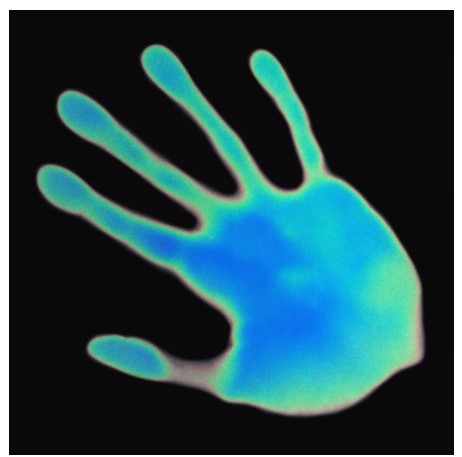Mood Ring Slime aka Thermochromatic Slime
Thermochromic pigments change colors according to temperature, so if you add them to slime, it will act like a slimy mood ring.

Color Change Slime
1/4 cup white school glue (or use the transparent kind for see-through slime)
1 tablespoon water
3 teaspoons thermochromic pigment (find at Amazon)
1/4 cup liquid starch (find at Amazon)
food coloring (optional)
You’ll notice thermochromic pigment tends to go from one color to a second color (e.g., blue to yellow or red to green), rather than display a whole rainbow of colors like a mood ring. You can expand the color possibilities of the slime by adding food coloring. This will give the slime a base color and will alter the appearance of the color change pigment.
Playing with Thermochromic Slime
-Drape the slime over cold drink containers or hot coffee cups.
-Heat the slime with a blow dryer. You can add more liquid starch to rehydrate the slime if it starts to dry out.
-Experiment with the response to hot packs and cold packs.
-Use a thermometer to see if you can determine what temperature changes the color of the pigment.
How Thermochromic Slime Works
The slime part of the science project works the same as usual. In the type of slime made using glue and starch or borax, the polyvinyl alcohol from the glue reacts with the borate ion from the borax or starch, forming long chains of molecules that link to each other — a polymer. Water fills in the spaces in this network, giving you damp, gooey slime.
The heat-sensitive color change relies on leuco dyes. There are pigment molecules that alter their structure in response to a change in temperature. One conformation reflects/absorbs light one way, while the other conformation reflects/absorbs another way or else appears colorless. Typically these dyes change from one state into another, so you get two colors.
Contrast this with liquid crystals found in mood rings, which change color as the space between components of the crystal increases/decreases. Liquid crystals display more colors, but the most common color change liquid crystal composition is inactivated by water, so it won’t work with slime.
Far out! Even groovy! Interesting science behind the DIY experiment.
I had a mood ring once, but it became less and less reactive until it eventually settled on dark pewter.
Bummer 🙂